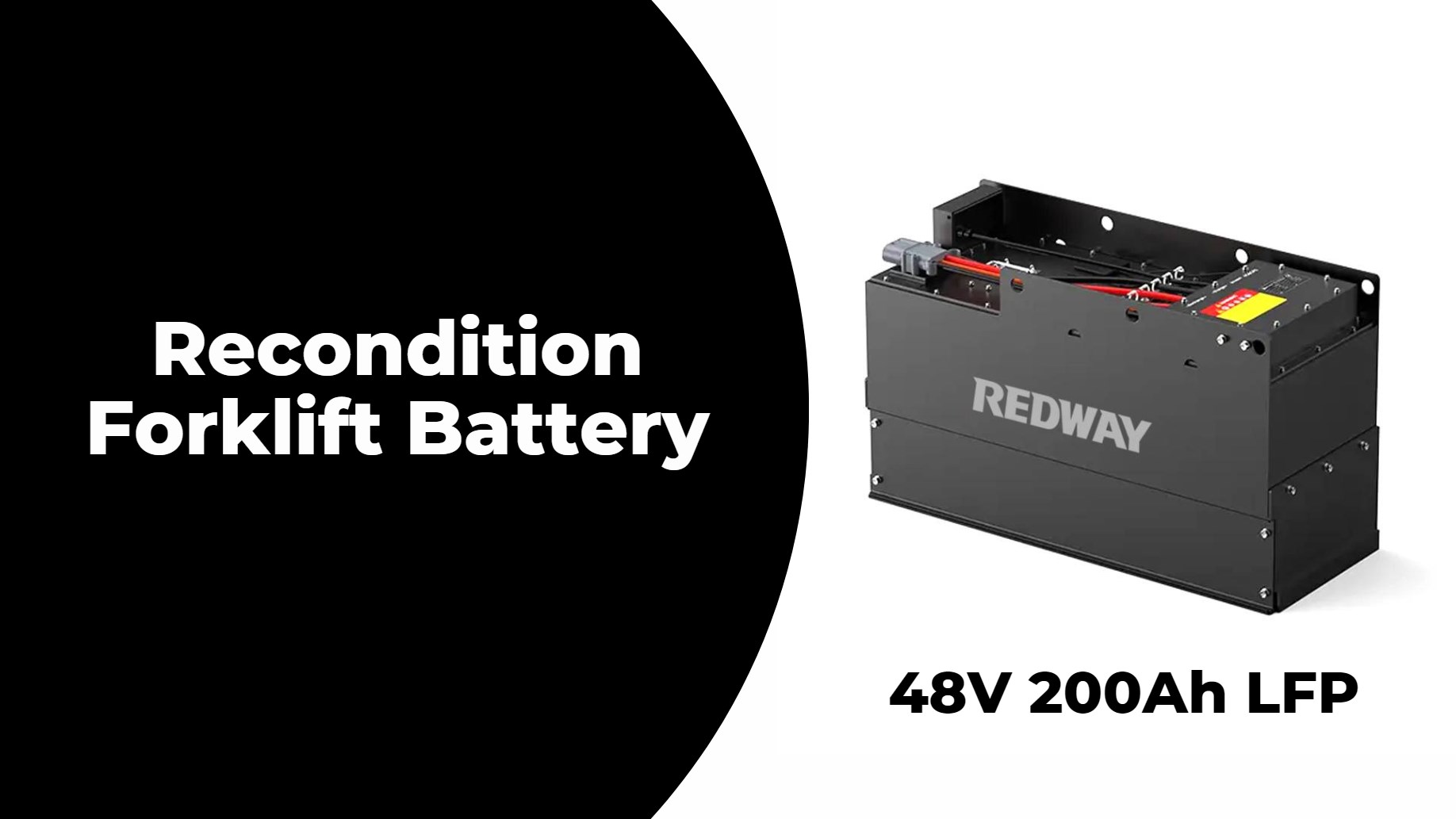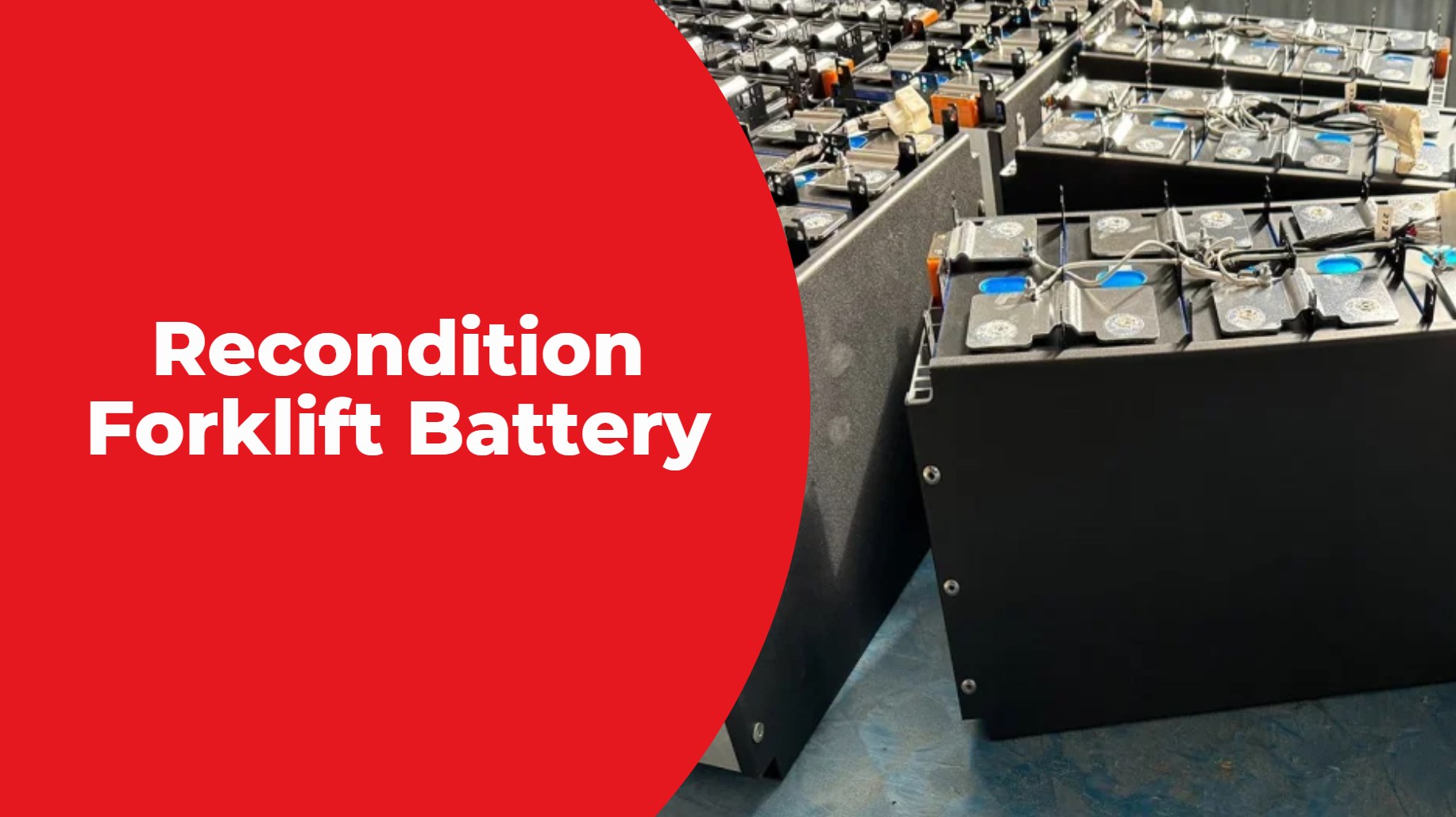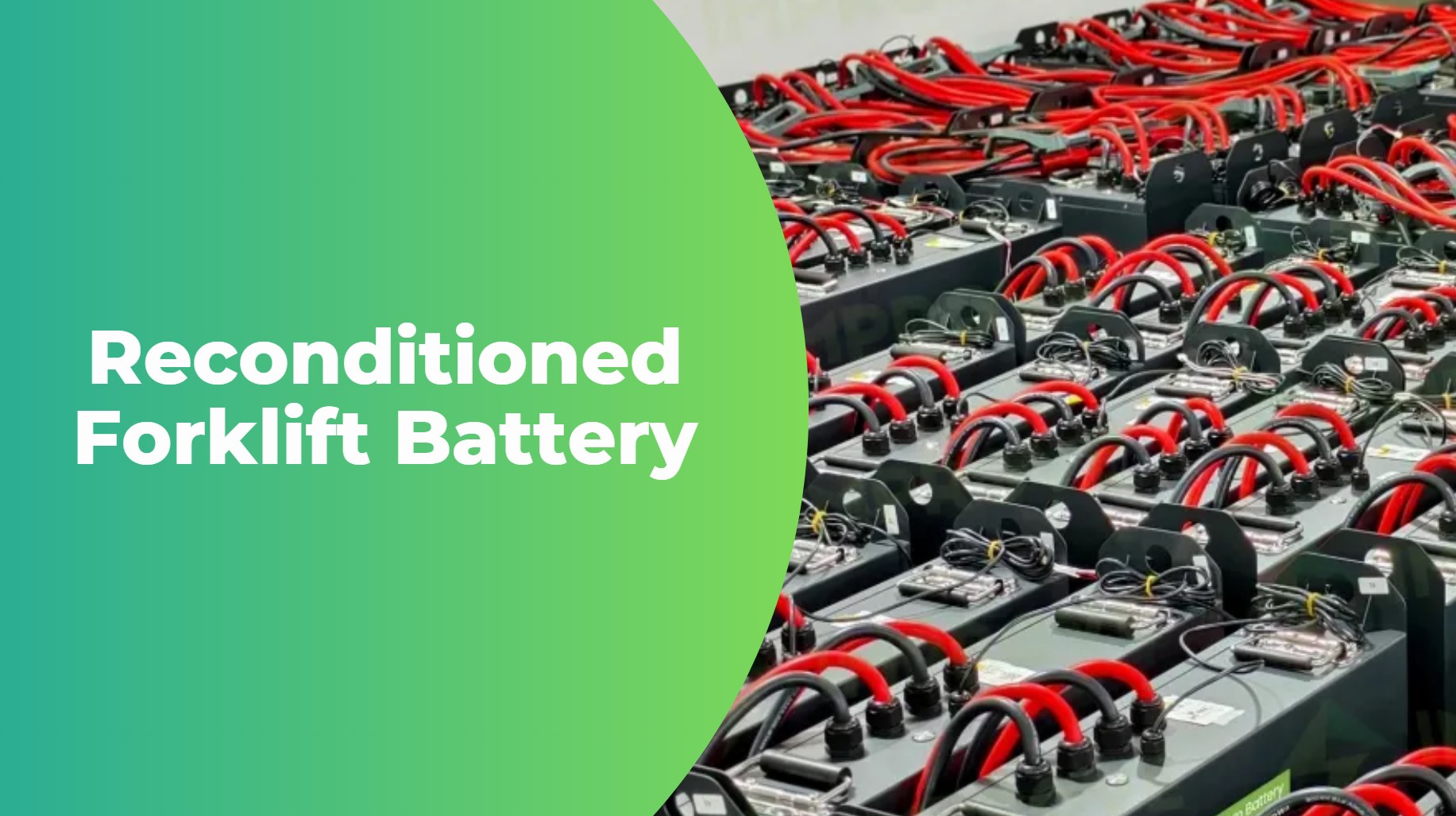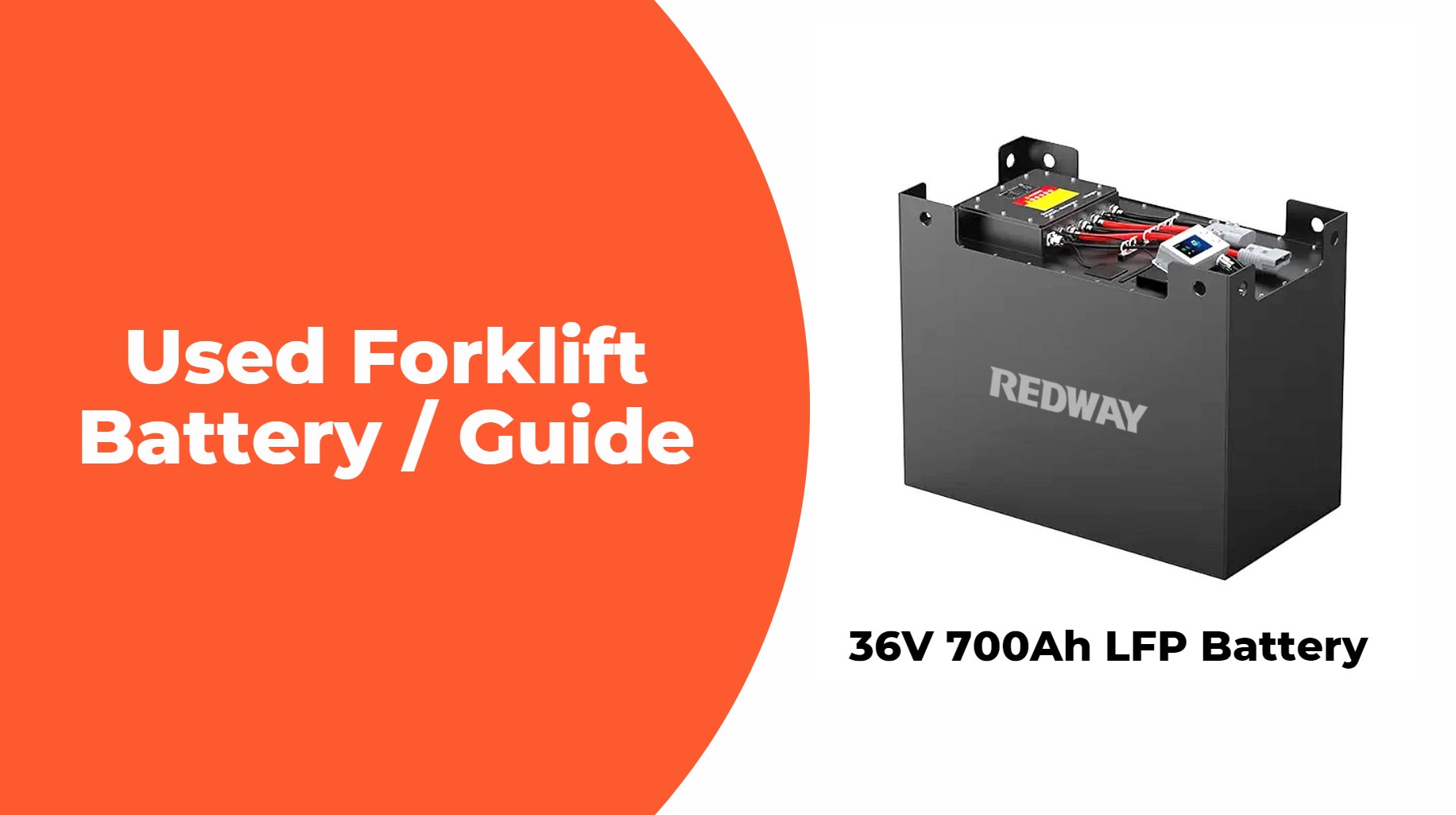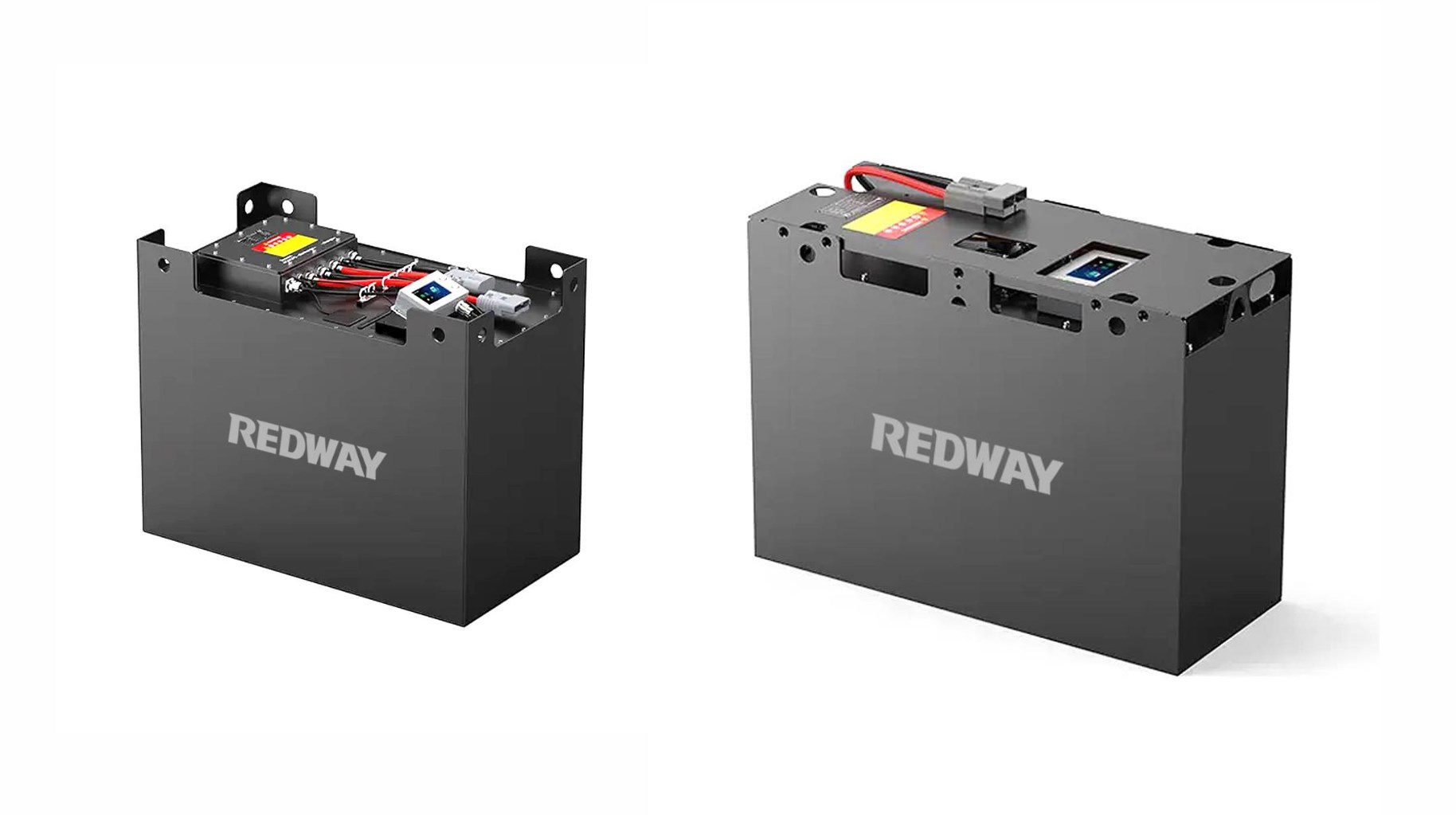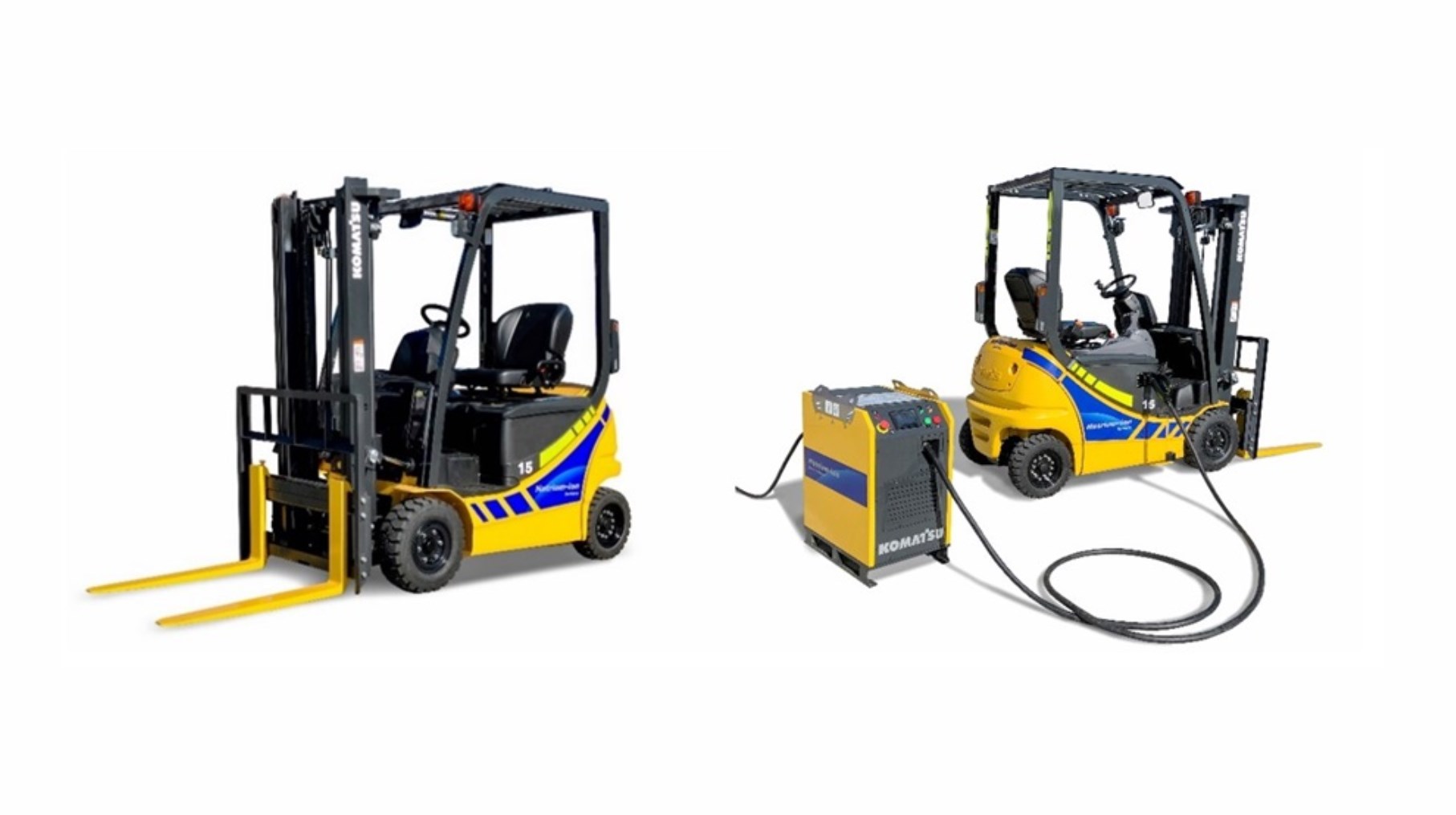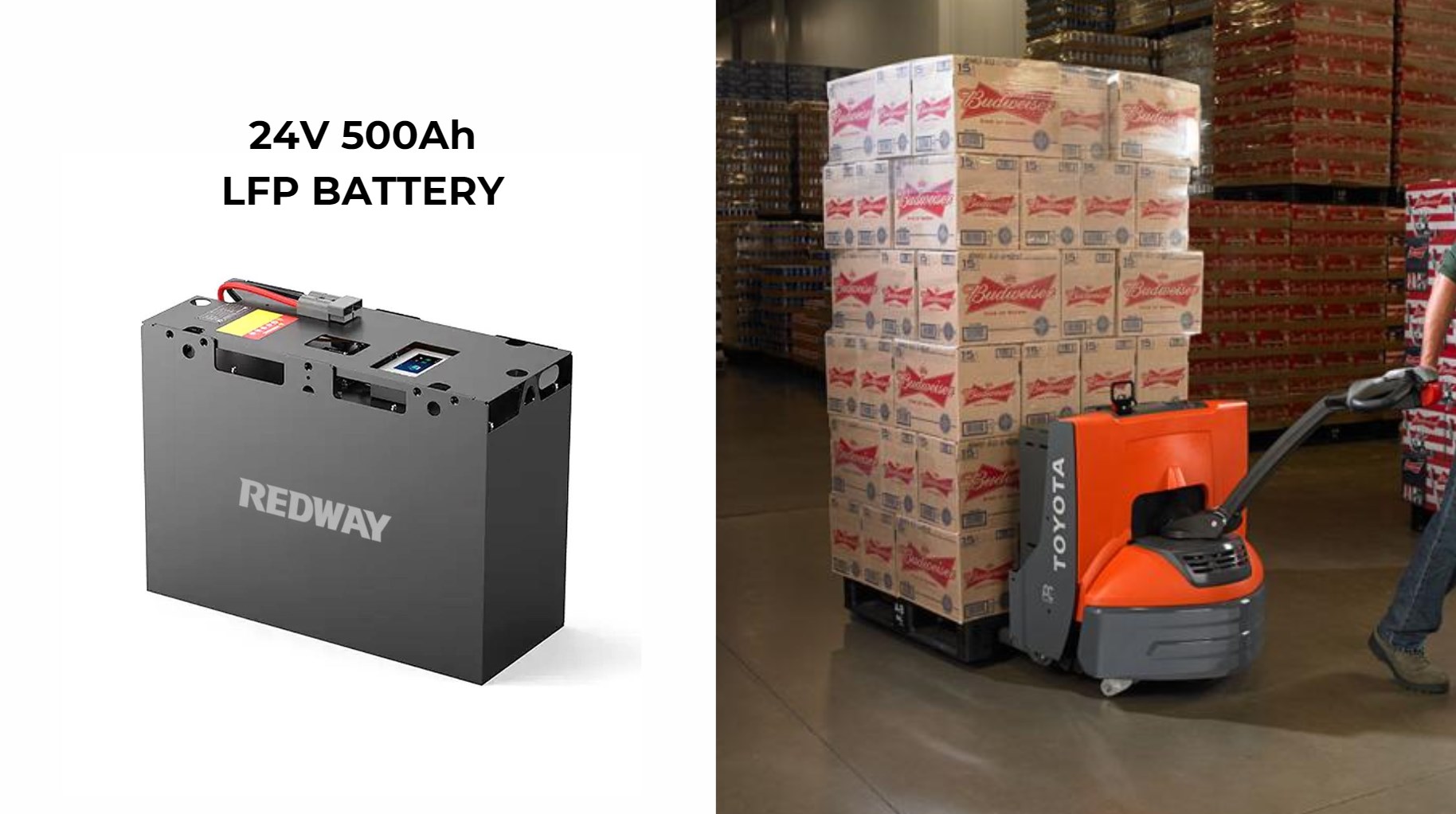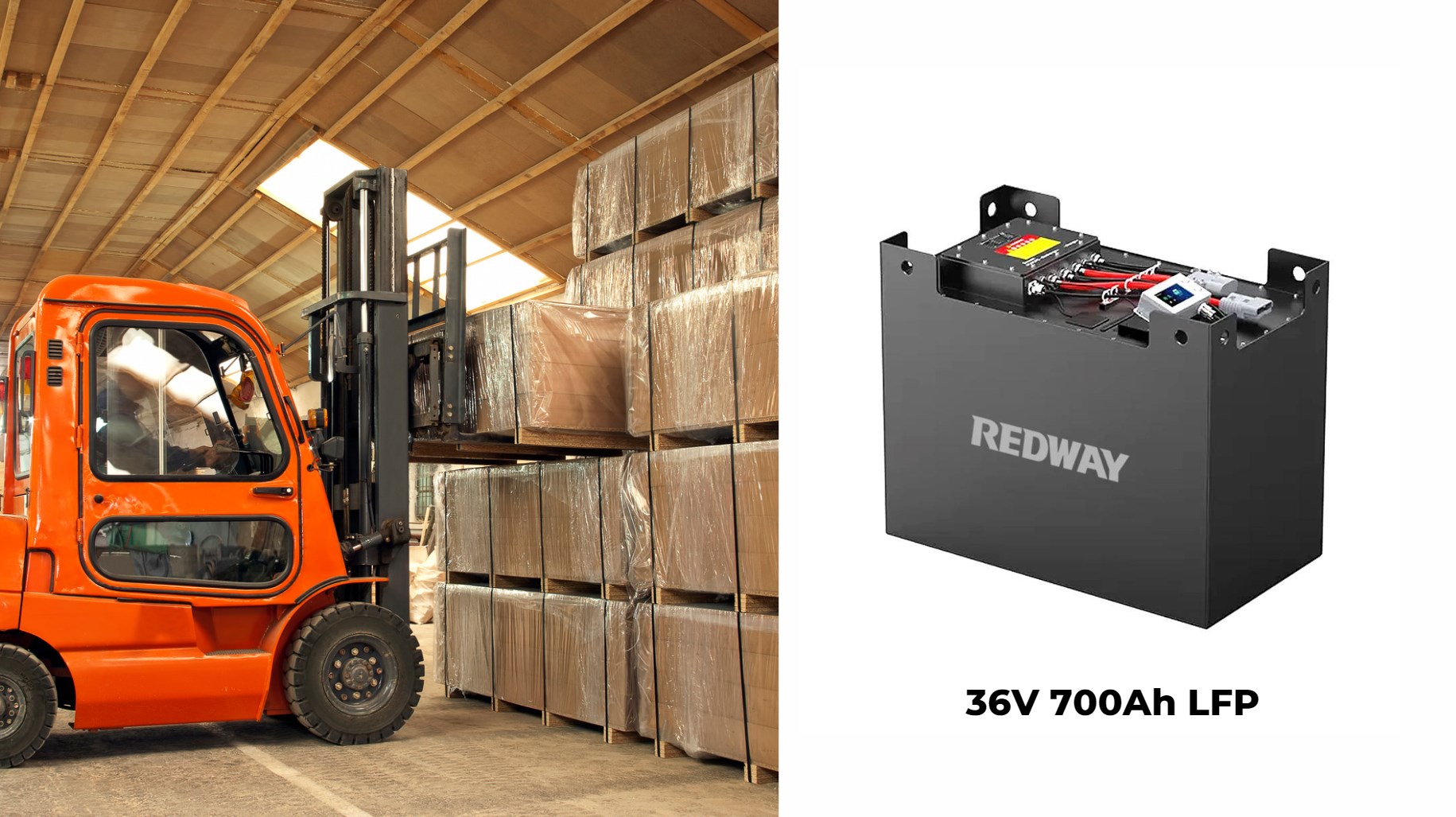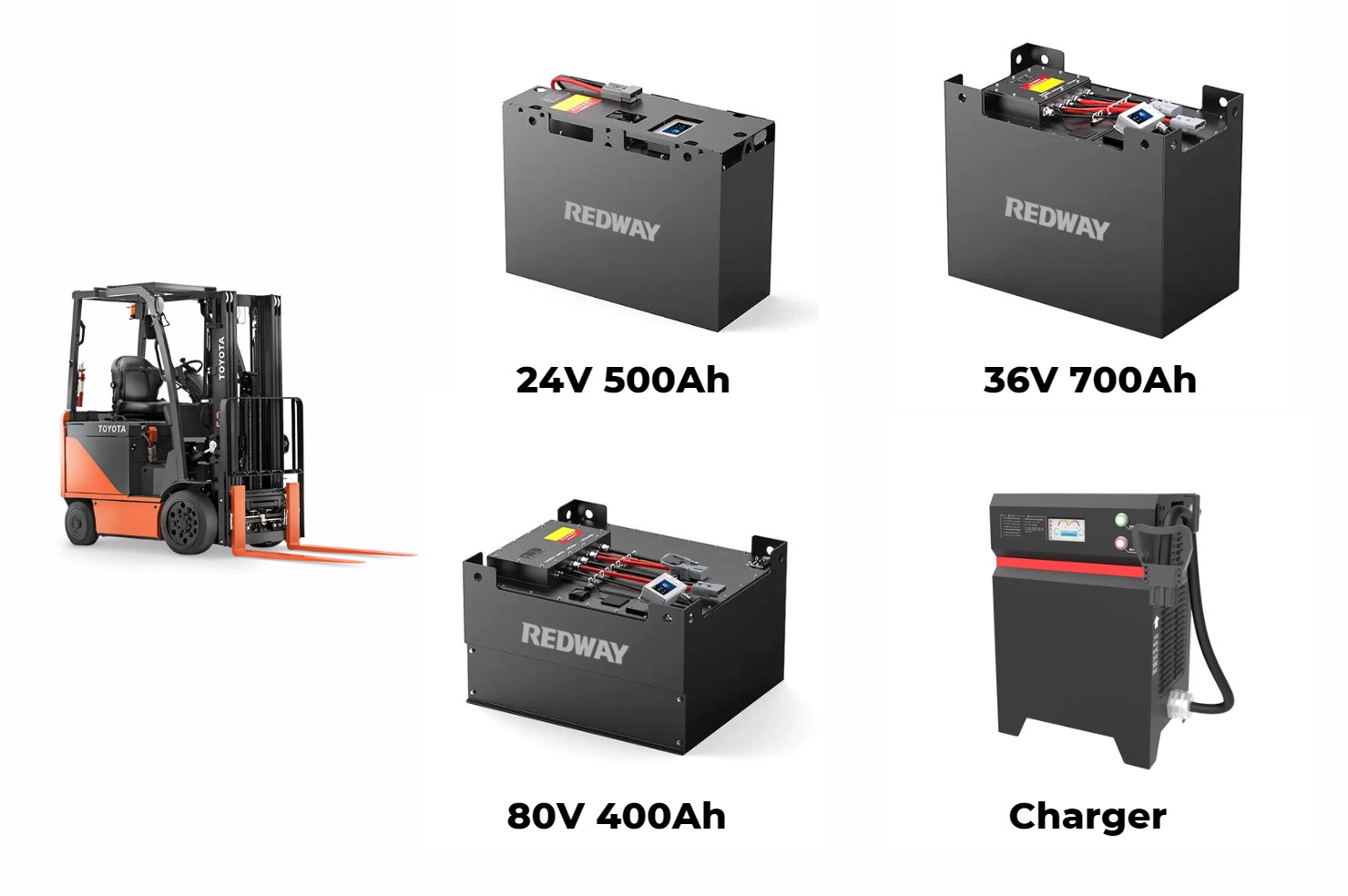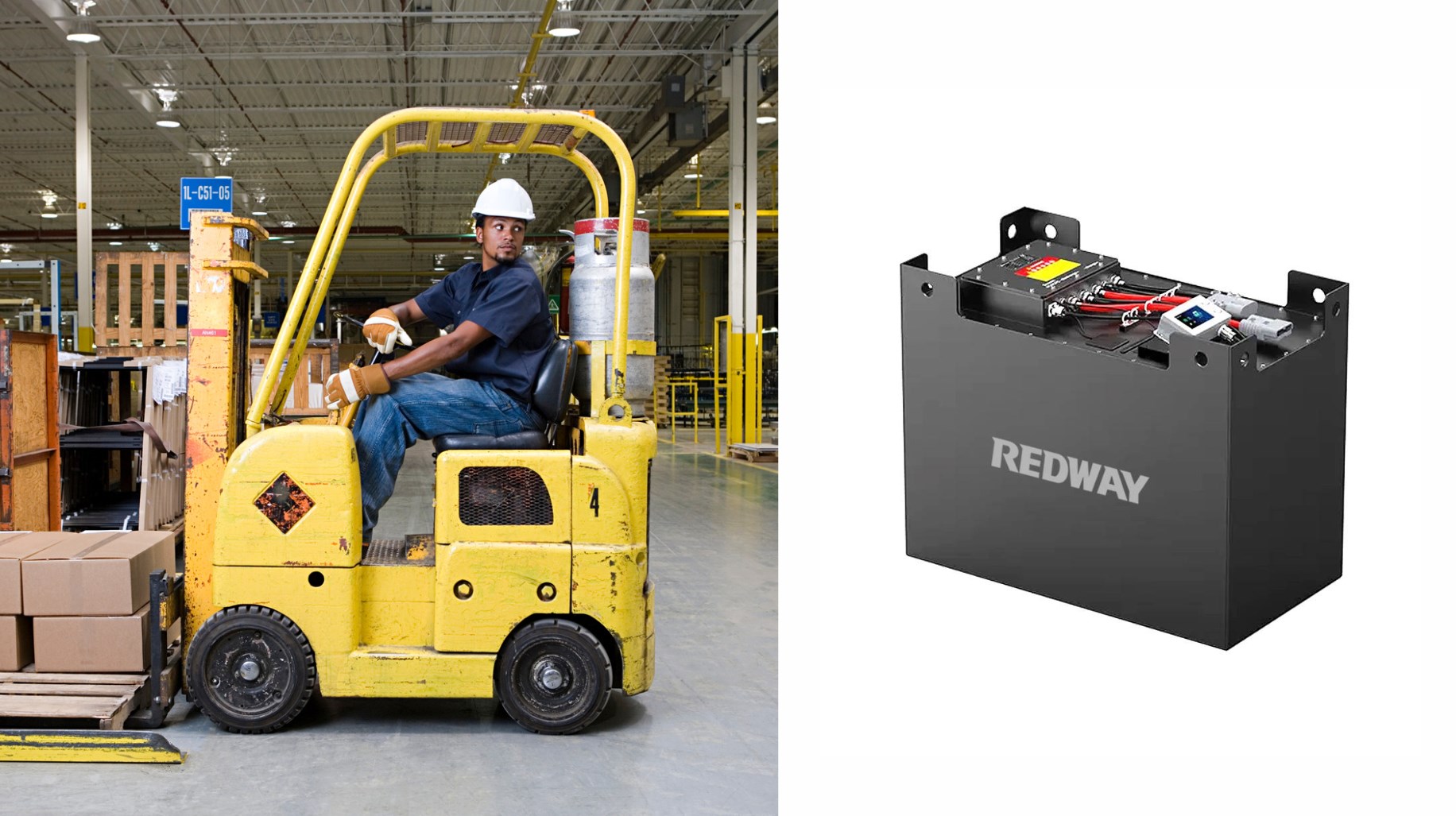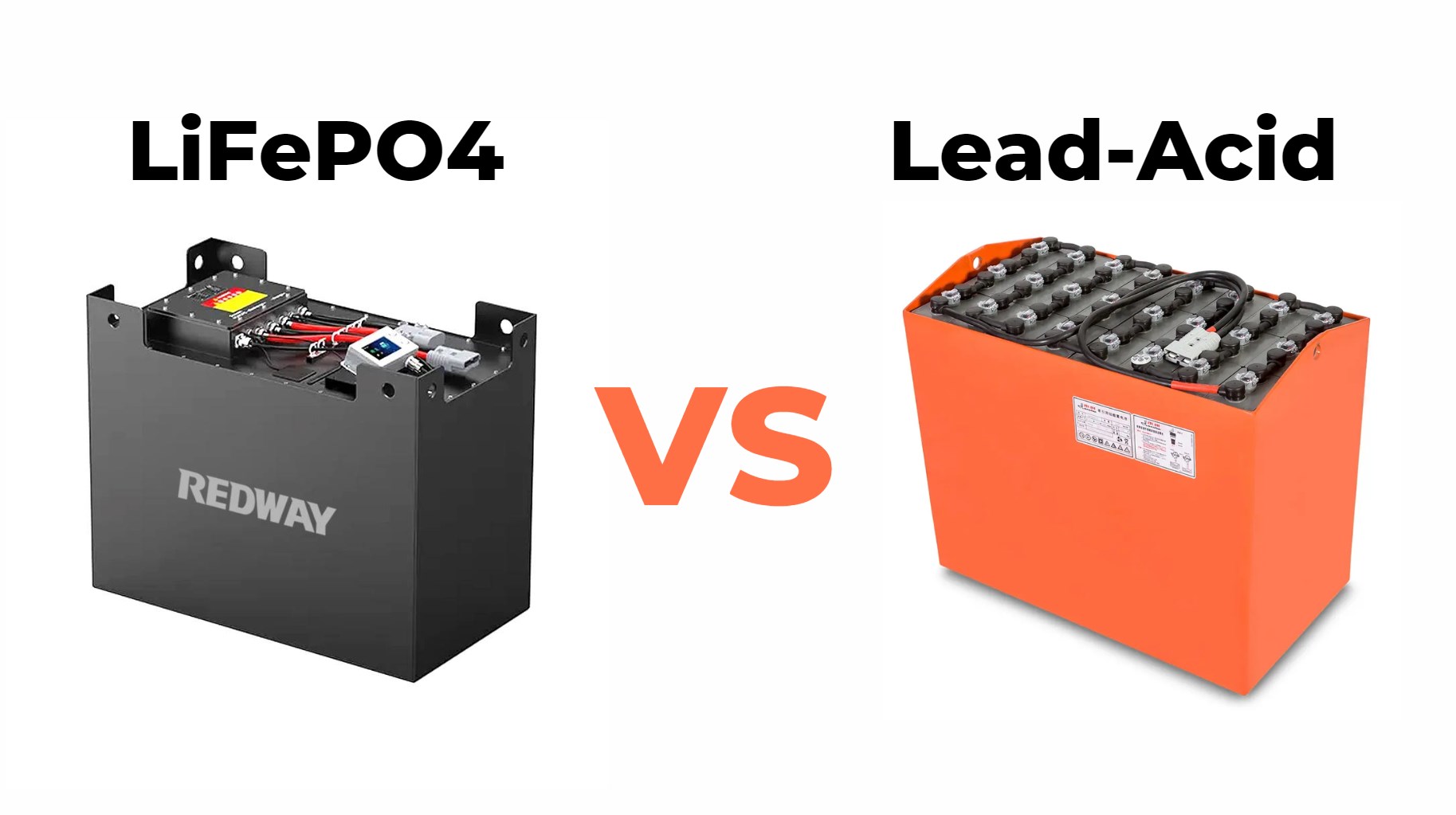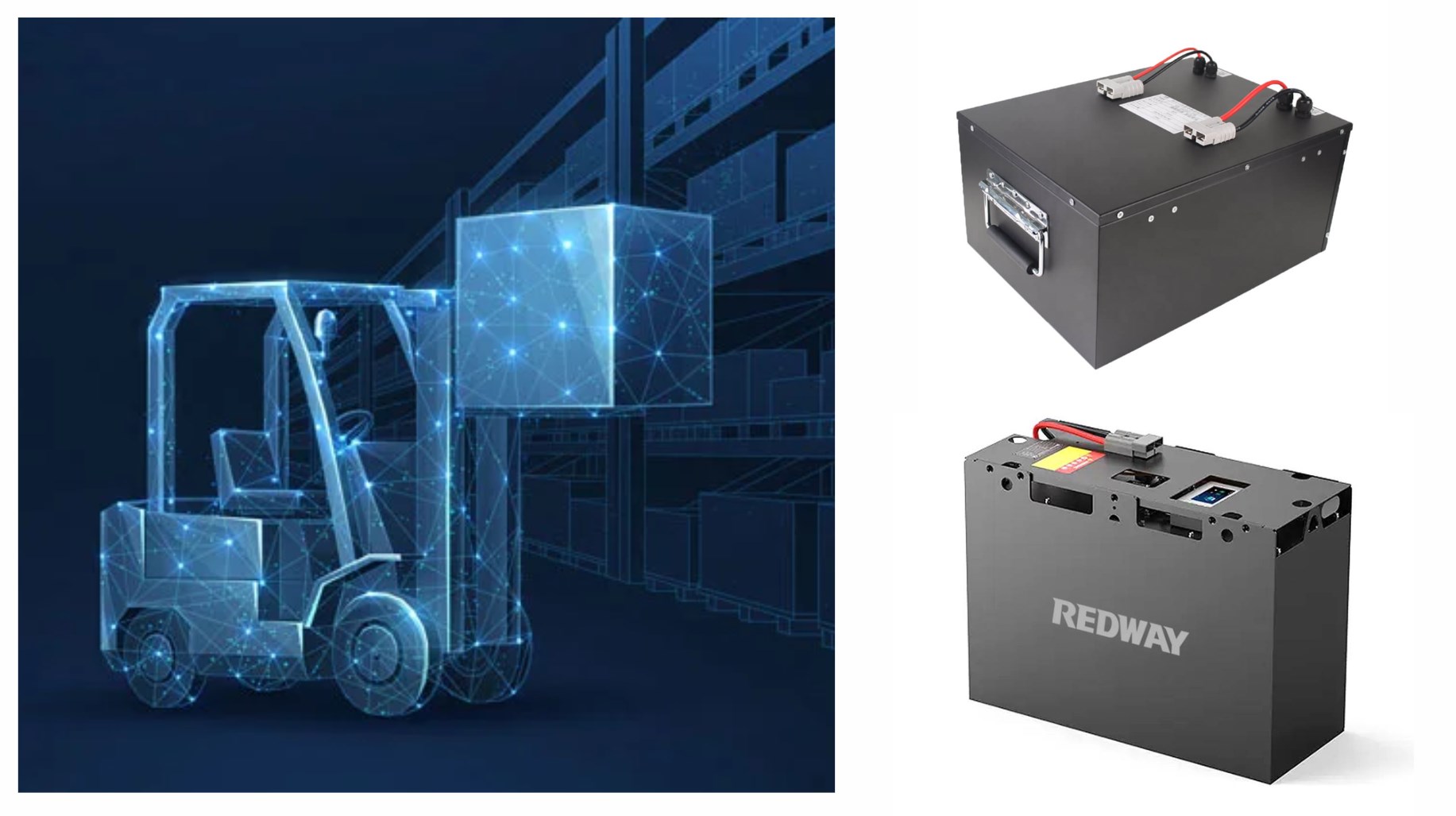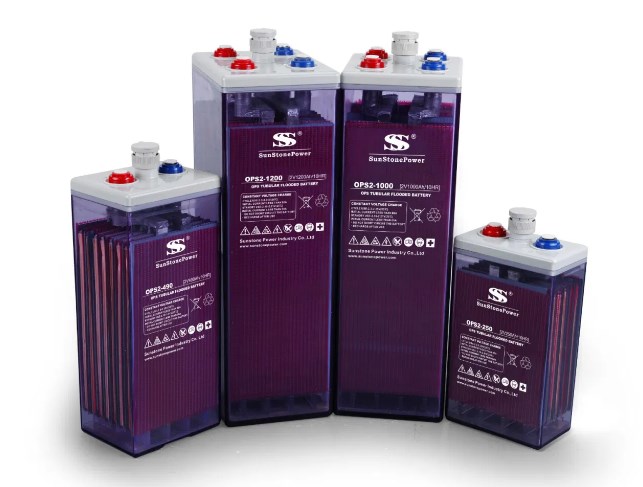Ultimate Guide to Lithium LiFePO4 Batteries: Features, Performance, and Applications
In the world of advanced energy storage solutions, lithium LiFePO4 batteries have emerged as a dominant force. With over a decade of experience, Redway Battery has delved deep into the intricacies that make these batteries incredibly lucrative and reliable. This article explores the vital features, performance metrics, and practical applications of lithium LiFePO4 batteries, providing a comprehensive overview for those seeking superior energy solutions.
LiFePO4 batteries offer high energy density, long cycle life (2000+ cycles), fast charging capabilities, and safety features like thermal stability. They are ideal for various applications including electric vehicles, renewable energy storage, and portable electronics.
Understanding Lithium LiFePO4 Battery Safety and Protection Features
Lithium LiFePO4 batteries are designed with an array of safety and protection features to ensure reliable and secure operation. These features include:
- Automatic Short Circuit Protection: This feature prevents damage and potential hazards by disconnecting the battery in case of a short circuit.
- Over Voltage Protection: The battery is equipped with mechanisms to avoid overcharging by disconnecting the battery when the voltage exceeds safe levels.
- Reverse Polarity Protection: This safeguard ensures that the battery will not be damaged if the positive and negative terminals are mistakenly reversed.
- Internal Cell Thermal Safety Fuse: An integral part of the battery, this fuse protects against excessive heat that could cause damage or safety issues.
- Flame Retardant Electrolyte: The electrolyte used in these batteries is designed to resist flames, further enhancing safety.
These safety measures collectively ensure that lithium LiFePO4 batteries operate safely under various conditions, offering peace of mind to users.
Peak Discharge and Continuous Charge/Discharge Rates
The performance of a lithium LiFePO4 battery is significantly influenced by its discharge and charge rates. Key specifications include:
- Peak Discharge Rate: This is the maximum current the battery can supply over a short period. It varies depending on the battery’s design and application.
- Continuous Discharge Rate: This represents the maximum current the battery can safely deliver over an extended period without compromising its longevity or safety.
- Continuous Charge Rate: Indicates the rate at which the battery can be charged without adverse effects.
Understanding these rates helps in selecting the appropriate battery for specific applications, ensuring that it meets performance requirements.
Battery Cell Types and Connection Configurations
Lithium LiFePO4 batteries use high-quality cells that can be connected in various configurations:
- Series Connection: Increases the total voltage while maintaining the same capacity.
- Parallel Connection: Increases the total capacity while maintaining the same voltage.
Each configuration has its advantages, depending on the energy needs of the application.
Usable Capacity and Depth of Discharge
- Usable Capacity: Refers to the amount of energy that can be used from the battery before needing a recharge. Lithium LiFePO4 batteries typically offer high usable capacity compared to other types.
- Depth of Discharge (DoD): Indicates the percentage of battery capacity that has been used. Lithium LiFePO4 batteries generally support deeper discharges, enhancing their effective lifespan.
These parameters are crucial for optimizing battery usage and longevity.
Temperature Performance and Self-Discharge Rate
Temperature Performance: Lithium LiFePO4 batteries perform well across a broad temperature range. They typically operate efficiently from -20°C to 60°C (-4°F to 140°F), but performance may vary depending on specific battery models and applications.
- Self-Discharge Rate: This is the rate at which the battery loses charge when not in use. Lithium LiFePO4 batteries have a low self-discharge rate, typically around 3-5% per month, which ensures they retain their charge for extended periods.
Dimensions, Weight, and Reserve Minutes
When selecting a lithium LiFePO4 battery, consider the following:
- Dimensions and Weight: These factors affect the installation and integration of the battery into your system. Lithium LiFePO4 batteries are often compact and lightweight compared to traditional batteries.
- Reserve Minutes: This metric indicates how long the battery can provide power at specific currents (e.g., 20A and 50A). It is crucial for determining the battery’s ability to support your energy needs during power outages or peak usage times.
Shipping Options and Timeframes
- Shipping Options: Redway Battery offers various shipping options to meet different needs, including standard, expedited, and express shipping.
- Timeframes: Delivery times depend on the shipping method and destination. Generally, expedited options provide faster delivery compared to standard shipping.
Model Number and Group Size
Each lithium LiFePO4 battery is identified by a specific model number and group size, which correspond to its physical dimensions, capacity, and other characteristics. These identifiers are essential for selecting the correct battery for replacement or new installations.
Replacing AGM, GEL, or Lead Acid Batteries
A 36V 80AH lithium battery can be a suitable replacement for AGM, GEL, or lead acid batteries. Lithium LiFePO4 batteries offer several advantages:
- Higher Efficiency: They provide more energy per unit of weight and volume.
- Longer Lifespan: Lithium batteries generally have a longer cycle life compared to AGM and GEL batteries.
- Lower Maintenance: Unlike lead-acid batteries, lithium batteries require minimal maintenance.
Conclusion
Lithium LiFePO4 batteries, with their advanced safety features, impressive performance metrics, and versatility, represent a significant advancement in energy storage technology. Redway Battery’s expertise in manufacturing and supplying these batteries ensures that clients receive top-quality products tailored to their specific needs. For a quick quote and to explore customized solutions, contact Redway Battery today.

